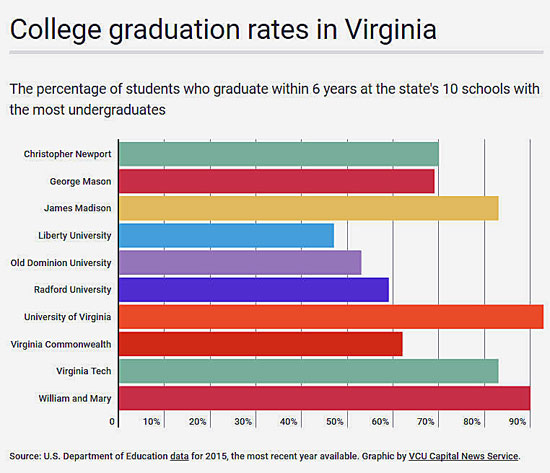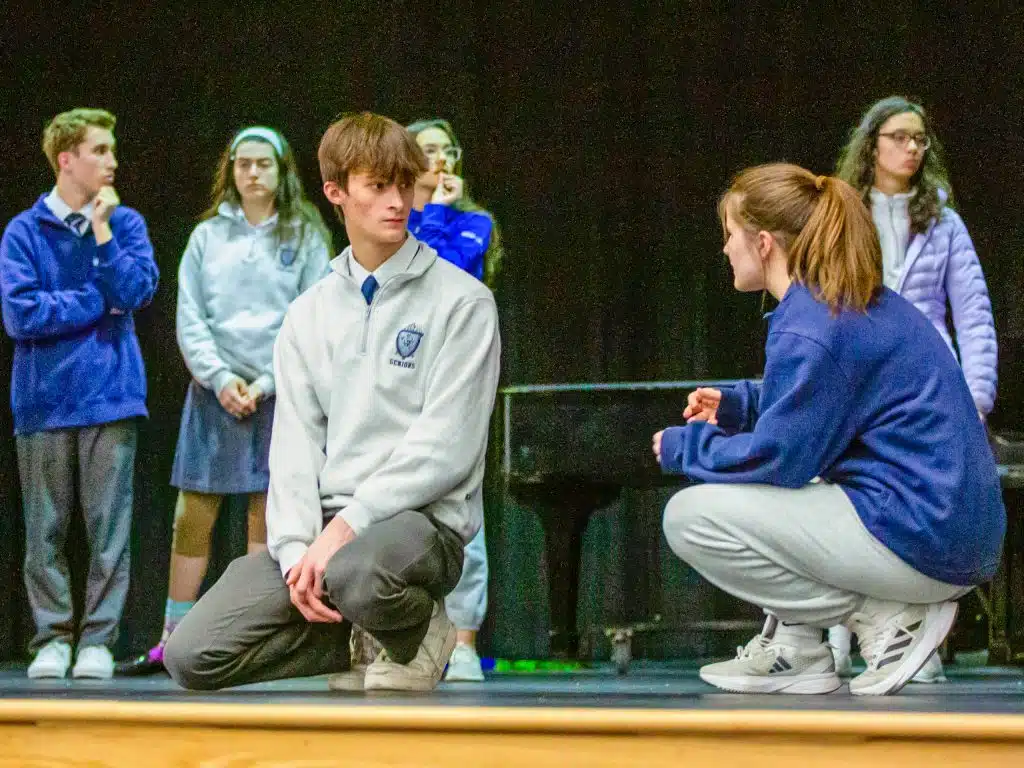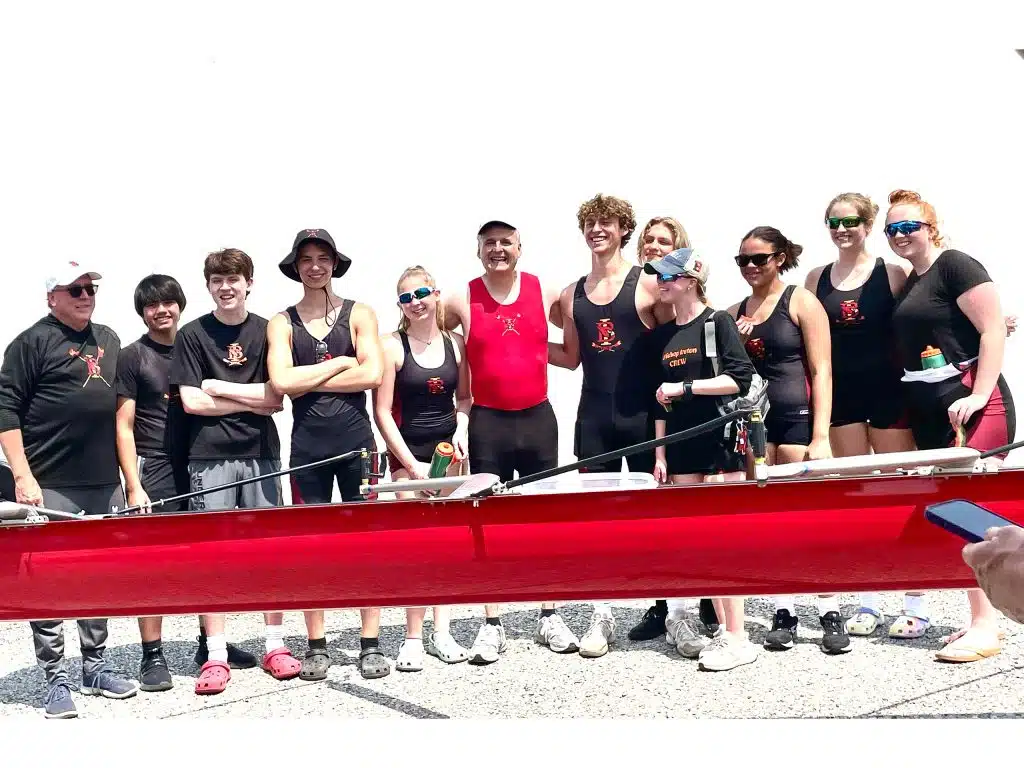Virginia was recognized by Time magazine in 2014 for having several of the best colleges in the country. While the state boasts some noteworthy institutions, many of the commonwealth’s colleges and universities still strive to improve their graduation rates.
According to the latest federal data, the University of Virginia graduates 93 percent of its students within six years — the highest rate of any public school in the state. William and Mary comes close with 90 percent. James Madison University and Virginia Tech have graduation rates of 83 percent.
But the rates are lower at Virginia Commonwealth University (62 percent), Radford University (59 percent) and Old Dominion University (53 percent). And Norfolk State University’s graduation rate is just 33 percent.
Those statistics reflect the percentage of students who started at an institution and graduated within six years. The data from the National Center for Education Statistics’ Integrated Postsecondary Education Data System does not include transfer students.
Among Virginia’s private institutions, Washington and Lee University has the highest graduation rate at 91 percent, followed by the University of Richmond at 88 percent.
Not all private schools maintain such high graduation rates. The rate is 47 percent at Liberty University, and several schools including Mary Baldwin University (previously called Mary Baldwin College), Ferrum College, Averett University, University of the Potomac and Virginia Union University all have rates under 40 percent.
Advising may help students succeed
Sybil Halloran, interim vice provost in VCU’s Division of Strategic Enrollment and Management, said VCU is always trying to find ways to improve its graduation rate.
“I think we have done some things to improve, and I think we can do some more,” Halloran said. “In 2001, VCU was at a graduation rate of 47 percent, whereas the statewide graduation rate was at 67 percent, so VCU was 20 percent lower. But if you go to 2008, VCU was at a 59 percent and the state only increased to 70 percent. The state only increased three percentage points and VCU increased by 12. It’s important to acknowledge the work that has been done.”
Halloran said the university recently revamped its advising and is continuing to look at ways to make things easier for students.
“I think there are things that we are starting to do and can continue to do,” Halloran said. “We are acknowledging how important advising is. We’ve done some restructuring of advising even just this year. We’ve got pretty strong freshmen advising. One thing we need to look at and should look at it is course scheduling.
“It would be really nice if we could say to a student coming in, here’s the next four years, these courses are scheduled then. Right now, you can know what courses there are, but not necessarily how they are scheduled. That could really help a student prepare for the next four years.”
In 2013, VCU launched a campaign called “Do the Math,” urging students to take 15 credits per semester so they can graduate in four years with 120 credit hours. According to the campaign, graduating in four years instead of six will save in-state students an estimated $50,000.
“That doesn’t work for everyone,” said Halloran. “There are a lot of students that come here and don’t really understand why that’s important. We are also continuing to encourage students to take classes during the summer.”
How tuition compares at different schools
In-state tuition, room and board cost about $25,000 a year at VCU, as well as at Virginia Tech. One year at the University of Virginia is about $30,000, while at James Madison, it’s just under $20,000, according to the schools’ websites.
VCU will likely increase tuition again next year. The Board of Visitors is reviewing proposals for a tuition hike between 3 percent and 6 percent.
According to VCU’s Reporting Center, the university admitted more than 4,200 freshmen last fall — its largest freshman class in six years. In 2010, VCU’s freshman class numbered 3,615.
Halloran doesn’t expect admissions to increase any time soon.
“I don’t envision us going bigger and bigger for freshman classes,” Halloran said. “You have to look at the applicant pool, what the right size is for VCU and everything from housing to advisers. It’s not my understanding that we will be bigger in numbers next year. I don’t think it’s our goal is to get bigger every year. Whether our freshman class is 100 students, 1,000 students or 5,000 students, for those students we always look at what we can do to improve the graduation rate.”
Halloran wants to know more about the 38 percent of VCU students who fail to earn an undergraduate degree within six years.
“Based on what research and data that we do have, I think some may go somewhere else, some may stay here longer and some may never get a degree,” Halloran said. “I think we will always have some people in those groups. I don’t think we will ever be at 100 percent; that’s not realistic, although we’d like to get close.”
Halloran expressed concern for students who take out loans to attend college.
“It’s one thing to leave with a degree and debt, because you actually have something in hand,” she said. “It’s not ideal for students to leave here with debt and no degree.”
Local Catholic college graduation rates
Christendom College in Front Royal —six-year rate is 70 percent.
Marymount University in Arlington — six-year rate is 52 percent.



